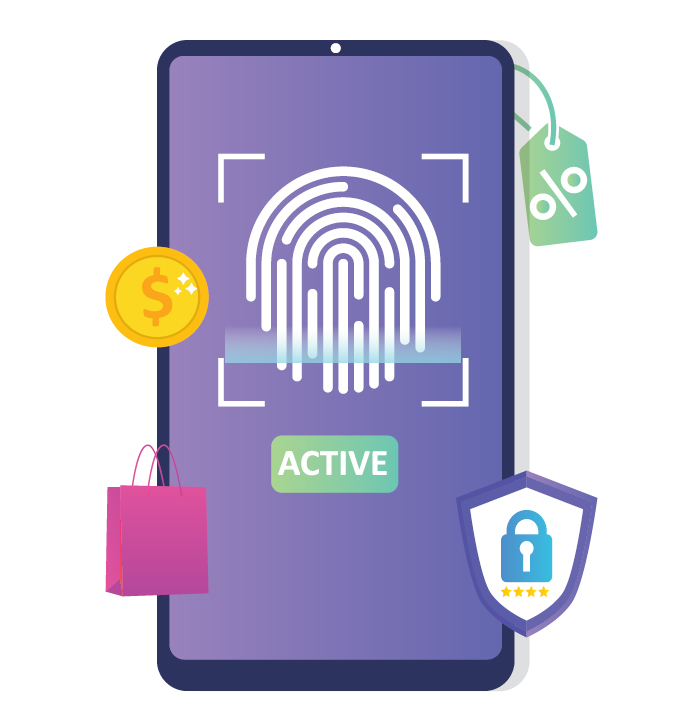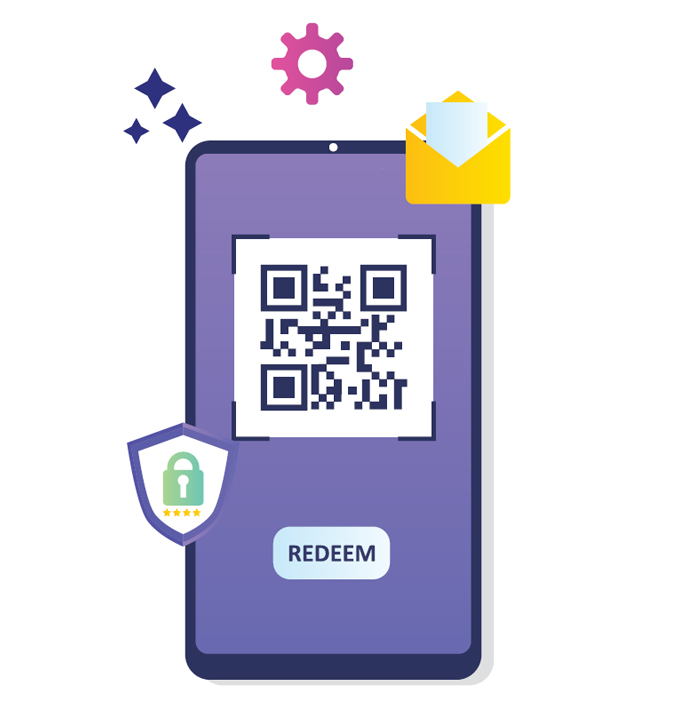Digitisation has promised to deliver a period of never-before-seen social proximity. Traditional barriers to commerce would be broken down; building lasting relationships would become easier, customer-service provider interaction would become more proactive and rewarding.
Suddenly, those expectations have been turned on their head, say Mo Firouzabadian and Richard Lewis of Evolving Systems. With the COVID-19 crisis, businesses are now rightly concerned about their relationships with their customers and what might, in the wake of all that’s happening, become a crisis of confidence.

The foundations of customer loyalty, trust and confidence are being put to the test. Yes, we all hope the pandemic situation is short-term, but the reality is that consumer anxiety is high and there is no end to present challenges immediately in sight.
What should we do to seize the day? As it turns out, there are numerous ways to help meet customer needs during the current situation. We divide these into two tiers:
Universal responses
- Be true to your brand values and act with purpose.
- Deliver value to customers by offering services and content that meets identifiable, direct needs, for example personal trainers, nutrition advice, cooking experiences, etc.
- Delight customers beyond belief and build a trust-based meaningful relationship with them.
- Communicate with customers offering them support, guidance and a commitment to transition this crisis together.
- Develop new ways of working with your customers (more digital).
- Find new and innovative ways to drive revenue.
- Review your marketing and advertising strategies.
For communication service provider (CSP) brands, this is a time to win new ground by looking ahead.

Use case innovation
There are numerous specific use cases that can enhance local response to the pandemic. For example:
- SIM: Flood the market – with social distancing and closure of shops and stores, mobile network operators (MNOs) will struggle to sell their services in any way other than via the web or, if allowed, via a telco delivery person. Look at new ways of on-boarding such as App download, self-service web portal, USSD/SMS/STK Apps, and Mobile Point-of-sale (MPoS).
- Time limited data – at a time when data connections will be very important and it is possible for the network to become overloaded or licensing to become a problem, Dynamic SIM Allocation (DSA) can be used as the serving HSS/HLR solution for data connections without the additional overhead of having to provision the BSS or OSS entirely.
 3. Temporary know-your-customer (KYC) requirements relaxation – with social distancing consider how KYC can be impacted. Requiring fingerprints, and close contact with retailers in shops, will become a problem should a government mandate people to remain at a distance or even at home. Think about providing digital tools for self-registration or adjustments to the provisioning flow to assign the MSISDN to the subscriber, dependent on the new KYC conditions or no conditions at all (in the case where KYC is removed).
3. Temporary know-your-customer (KYC) requirements relaxation – with social distancing consider how KYC can be impacted. Requiring fingerprints, and close contact with retailers in shops, will become a problem should a government mandate people to remain at a distance or even at home. Think about providing digital tools for self-registration or adjustments to the provisioning flow to assign the MSISDN to the subscriber, dependent on the new KYC conditions or no conditions at all (in the case where KYC is removed).
4. Interactive digital information services for government, healthcare and retail – organisations are presently challenged to provide relevant information to customers, who are searching for information sources they can trust. While traditional social media can be used, a number of CSPs are offering services on behalf of the government as a trusted source of information delivered through the mobile device.
5. Adjusting lifecycle campaign messaging and targets – think about managing portfolios of automated, below-the-line, personalised lifecycle campaigns in new ways. Customers may not be in the position to make that recharge in the timeframe that an offer is giving as a result of social distancing and closed stores. It may also be wise to remind customers of the digital channels available to them for data replenishment. It might be appropriate to provide some segmented information campaigns based on customer location, and it may be a good time to relax some of the airtime or data expirations that you have imposed.

6. Rationing of scarce resources through digital vouchering – once the virus starts spreading, it will naturally become more challenging for retailers and/or governments to allocate resources in a controlled fashion. Using a unique voucher and redemption mechanic is one way to ensure the rationing of many scarce goods. Unique digital vouchers, allocated to an individual, can be used to ensure redemption happens fairly and even in specified locations. (e.g. redeem voucher A1235T at location XYZ only).
These are challenging times as the pandemic’s spread continues. But they are rich in new opportunities for leadership and for new leaders to emerge.
Communications service providers are in position to step up and make important contributions to society. The benefits of doing so may well be long-lasting. The innovative offerings you launch in the market now will give you momentum as we come out of COVID-19. Let your customers know how important they are to you by keeping their interests first and foremost. You will be rewarded by loyalty and trust.


The authors are Mo Firouzabadian and Richard Lewis, senior vice presidents at Evolving Systems.
Comment on this article below or via Twitter: @VanillaPlus OR @jcvplus






